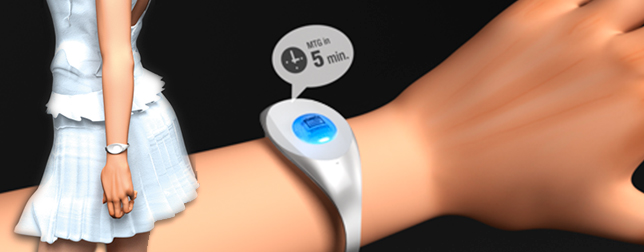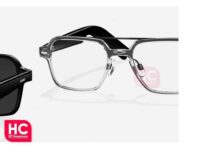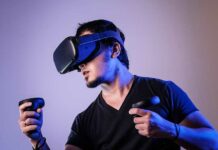Wearable Technologies are predestined to be implemented in augmented reality solutions, because this computer-assisted expansion of the perception of reality can apply to all the human senses.
Almost considered “classic” augmented reality Wearable Technologies products include such devices as eyeglasses and head-mounted displays that insert computer-generated images into the “real world” of the wearer. An example of these are eyeglasses by Vuzix. There is also already a wide array augmented reality smartphone apps. These include image fade-ins of restaurant reviews, WiFi hotspots, a measuring block for measuring shorter distances, compass and elevation displays, the place you last parked your car and a host of such amusements as virtual graffiti. And now you can even build your own augmented reality apps – for that, Qualcomm has developed an open standard:
The MIT is not just working on expanding visual reality, but instead, with its Project SENSEI, it is developing a mobile interface with audio-visual output for learning foreign languages and providing real-time interpreting of conversations.
Augmented reality solutions are a seminal technology for mobile internet applications. Most notably, they significantly make easier the use of mobile devices when we are on the go. However, for these to become part of the mainstream they must get away from the “robot look”. Researchers at the University of Washington have long been working on the integration of electronics into a contact lens. The lens can display images before the eye of the wearer, is cordlessly powered and can communicate with external devices. ELECTRICfoxy recently wrote about the Italian-French company STMicroelectronics, which is also working on the integration of a display into a contact lens, this one to be used for medical purposes.
Another option out there is the use of a micro-projector, either in a smartphone or placed in pieces of upper-body clothing, that can project images on a wall in front of the user. This use has the disadvantage, however, that its use is not practical when on the go. A truly diminutive projector for use with smartphones is currently on offer by the bTendo company. And Moject offers a solution that can be directly integrated into a smartphone, a motion projector conceived for use in the motion gaming arena.
We at Wearable Technologies can’t wait for the day when MIT Media Labs’ wearable gestural interface SixthSense becomes a wearable reality. We are also jazzed about the wearable mobile device concept of designer Mac Funamizu. The wristband that can project 3-D holograms is one way we can really see wearable being implemented in augmented reality.
















